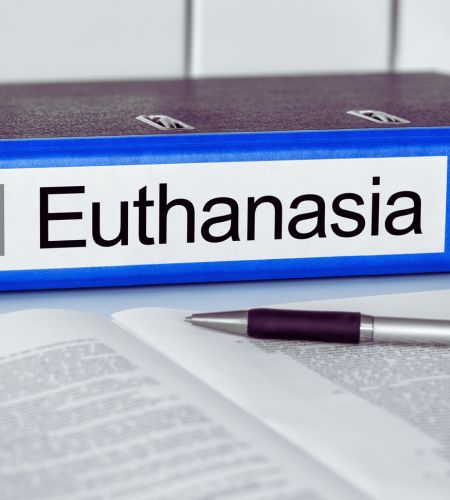In the profound exploration of euthanasia, a multifaceted discourse emerges, delving into the intricate web of advantages and disadvantages surrounding this contentious topic. Euthanasia, a term encapsulating the painless termination of a patient grappling with an incurable and agonizing ailment or ensnared in an irreversible coma, unfurls a tapestry of ethical quandaries and divergent perspectives.
Advantages of Euthanasia: A Mosaic of Contention
Within the crucible of discussions, an array of arguments unfolds, challenging the traditional paradigms. The enigmatic right to die, construed as an intensely personal choice, occupies the forefront of this debate. Beyond the temporal expanse, the essence of health, eclipsing the mere extension of life, becomes a poignant consideration, echoing the profoundity that health itself should be esteemed above longevity.
In the intricate dance of freedom, euthanasia emerges as a case bespeaking the autonomy of choice, a manifestation of the patient’s prerogative in deciding the trajectory of their own existence. It unfurls as a resolute response to the conundrum of a life steeped in suffering and pain, akin to a harrowing descent into the abyss of torment.
The trajectory of euthanasia, akin to a compassionate hand, extends towards the alleviation of excruciating pain, offering a serene reprieve through a painless exit. A cessation of the ordeal of the dying, this controversial practice is hailed as a conduit for the restoration of dignity, providing a humane exit from the mortal coil.
In the mosaic of perspectives, the swift termination of both physical and emotional suffering, a delicate orchestration of mercy, emerges as a compelling facet. The economic implications, a subtle undercurrent, reveal themselves as euthanasia not only curtails familial expenditures but also redirects medical funds towards broader humanitarian ends.
Disadvantages of Euthanasia: A Discordant Counterpoint
Yet, amidst the symphony of voices advocating for euthanasia, a discordant counterpoint arises, challenging the very essence of human existence. The devaluation of human life, a poignant reverberation, resounds through the dissenting perspectives that vehemently oppose the idea of expediting the inevitable.
Within the ethical labyrinth, the involvement of medical practitioners in orchestrating the cessation of life emerges as a thorny issue. An undercurrent of dissent surges from religious quarters, where the immortality of life is upheld, challenging the very foundations of euthanasia on grounds sacred to Muslims, Catholics, and others.
Against the tapestry of permanence, the notion of euthanasia as a permanent solution evokes trepidation, questioning its alignment with the fundamental precepts of ethics. The specter of potential abuse looms large, as the vulnerable may find themselves coerced into embracing euthanasia for reasons discordant with the noble intentions that underscore its advocacy.
The unassailable advances in palliative care emerge as a formidable adversary to the perceived necessity of euthanasia. The notion that medical progress renders euthanasia obsolete resonates as a salient argument against hastening the inevitable.
The Sanctity of Life Principle: A Lingering Echo
Entwined within the very fabric of the discussion are questions that pierce the heart of human existence. Who, when the patient is incapacitated, holds the mantle of decision-making over life and death? Mistakes, a haunting possibility, lurk in the shadows, from misdiagnoses to erroneous prescriptions, challenging the purported infallibility of medical practitioners.
As the oath of physicians resonates through time, the antithesis of euthanasia to the sacred principle of life finds its voice. A subtle rebuke to the notion that ending life equates to mercy, the sanctity of life principle echoes through the corridors of ethical contemplation.
Conclusion: A Perplexing Tapestry Woven with Bursting Nuances
In the enigmatic exploration of euthanasia, a tapestry unfolds, woven with the perplexing threads of ethical dilemmas and societal implications. The dichotomy of advantages and disadvantages, a dynamic interplay, reverberates through the collective consciousness, prompting introspection into the very essence of what it means to live and die.
As society grapples with the nuances of passive euthanasia, the pros and cons become the terrain upon which profound discussions ensue. What is meant by euthanasia, and how does it redefine the contours of human existence? The labyrinth deepens as definitions intertwine with societal benefits, religious pros and cons, and the profound effects on individuals and their kin.
In the discourse of life’s end, the perplexity and burstiness inherent in the intricacies of euthanasia beckon us to ponder, question, and reflect upon the delicate balance between the right to choose and the sanctity of life itself.

Comments